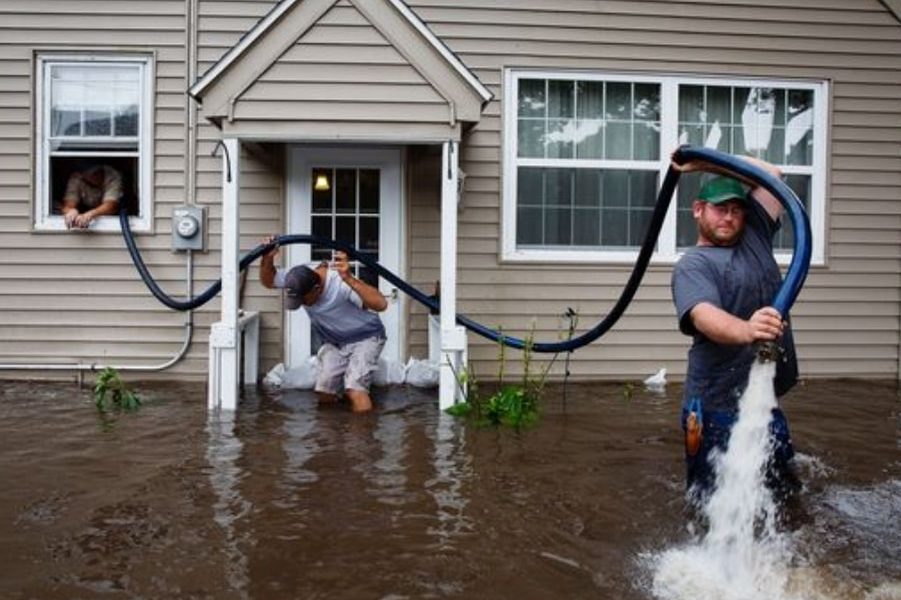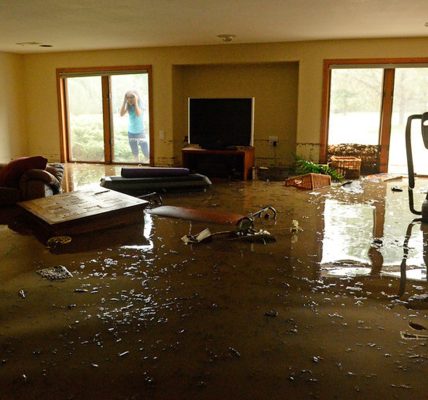Unforeseen incidents of water damage in buildings and homes seem to happen at the most inconvenient times. These incidents require proper assessment and water damage repair to prevent further problems.
Water-damaged materials begin to show signs of degradation within 24 hours. Drywall starts swelling, metal items tarnish, and dyes in fabrics and papers bleed.
Water Removal
Water removal is a part of the Water Damage Restoration in Arlington TX process that includes cleaning up and drying out spaces affected by water. It also involves disinfecting areas that may harbor bacteria and other contaminants. This is an important step as it reduces the chance of spreading mold spores throughout the home or business.
It’s important to shut off the water supply before starting any cleanup work. This can help prevent additional flooding and water damage. It’s also a good idea to turn off electricity in rooms that have been affected by flood waters. This prevents the accidental shock or electrocution of anyone who enters the area.
Professionals use moisture detectors to determine the level of moisture in an area, including places that are difficult to see like behind walls and ceilings. This allows them to plan accordingly for repairs and drying out the space.
Drying
It’s not only the standing water that has to be removed—the affected areas must also be completely dried before restoration can begin. This is a big part of what professional restoration companies do, and they use high-powered equipment such as dehumidifiers, fans, and air movers.
The drying process can take days, even weeks. That’s because moisture is a serious problem that can lead to mold and other harmful debris.
In addition to using various drying techniques, they may have to remove drywall in some areas to reach damp spots. This is especially true if the water was caused by black water (sewage) or contaminated with mildew or other pathogens. These organisms can spread through air and water and make people sick, so it’s important to clean, dry, and sanitize as quickly as possible.
Cleaning
Once the water has been removed and everything is dried out, it’s time for cleaning. This isn’t necessarily a fun part of the process but it’s necessary to prevent mold growth and other health concerns.
This involves scrubbing and disinfecting floors, walls, ceilings, furniture, and other contents that have been affected by flood waters. It’s important to do this as soon as possible so that mildew and mold don’t start growing.
It’s also a good idea to use fans and dehumidifiers to help circulate air and speed up the drying process. Once the area has been cleaned and dried it’s time to reevaluate. This is when the project leader decides if the space has been restored to its original, pre-loss state. This is the ultimate goal of any flood restoration project.
Sanitizing
When water soaks into parts of a home or building it doesn’t belong in, it can cause severe problems. From rotting wood to mold growth, if it’s left untreated, the damage can be extensive.
Floodwaters can contain harmful bacteria and other contaminants, so it’s important to have the affected areas cleaned up as soon as possible. The process of flood restoration involves assessing the damage, cleaning and sanitizing affected areas, and making repairs as needed.
Cleaning removes loose dirt and debris from surfaces, preparing them for sanitizing or disinfecting. It’s important to clean before sanitizing, because germs can hide under dirt and debris. Sanitizing reduces the number of germs to a level that’s considered safe, but it may not kill them all.
Repairing
It’s one thing to experience a flood due to severe weather or an overflowing sewage system, but even small persistent occurrences of building moisture can cause a variety of problems. Whether they’re caused by a leaky pipe or by a clogged gutter, these issues can lead to mold and other structural damage.
Once all standing water has been removed, restoration crews will use a combination of methods and equipment to dry the area. This includes dehumidifiers, air movers, wood floor drying equipment and heaters. The area will be monitored and reevaluated until it is determined that there is no hidden moisture and that mold development is no longer an issue. If necessary, the area will also be repaired and replaced.

